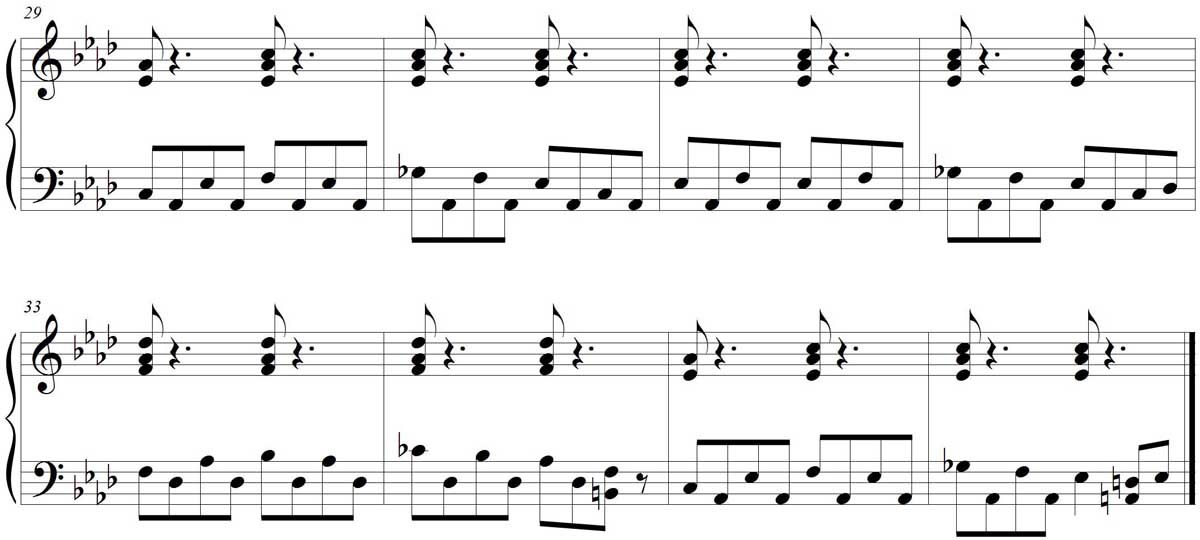Herve Duerson was one of the most idiosyncratic barrelhouse players, with a distinctive energetic and nimble style. Although he utilized the typical accompaniment figures like the walking bass, others used by Duerson are his own inventions.

Avenue Strut is best known but Duerson’s Naptown Special is perhaps even more distinctive. In his recordings the piano has an unusual timbre, sometimes sounding like a celesta, particularly on Evening Chimes Waltz, as the name implies.
This is something of a mystery, although there are some leads to follow since we know that these recordings were made at the studios in Richmond, Indiana. Lee Green’s first recordings, Washboard Rub and Pork Chop Stomp, were also made in Richmond and in the middle of both titles Green switches momentarily from a piano sound to a celesta sound. During the frequent banter in the recordings Green and another man refer to the instrument as an “exelophone”, perhaps a mispronunciation of xylophone (X-L-ophone).
It is unclear whether it is a separate instrument or a hybrid type of piano which were known to exist. Certain specially-made pianos were able to switch sounds by the use of extra pedals. I personally had the opportunity to play on a piano with five pedals that could change to a harpsichord-like sound (possibly a mandolin attachment) as well as a repeated-note effect similar to a Marxophone.
Herve Duerson’s recordings can be found on Barrelhouse Piano Blues & Stomps 1929-1933 from Document Records.